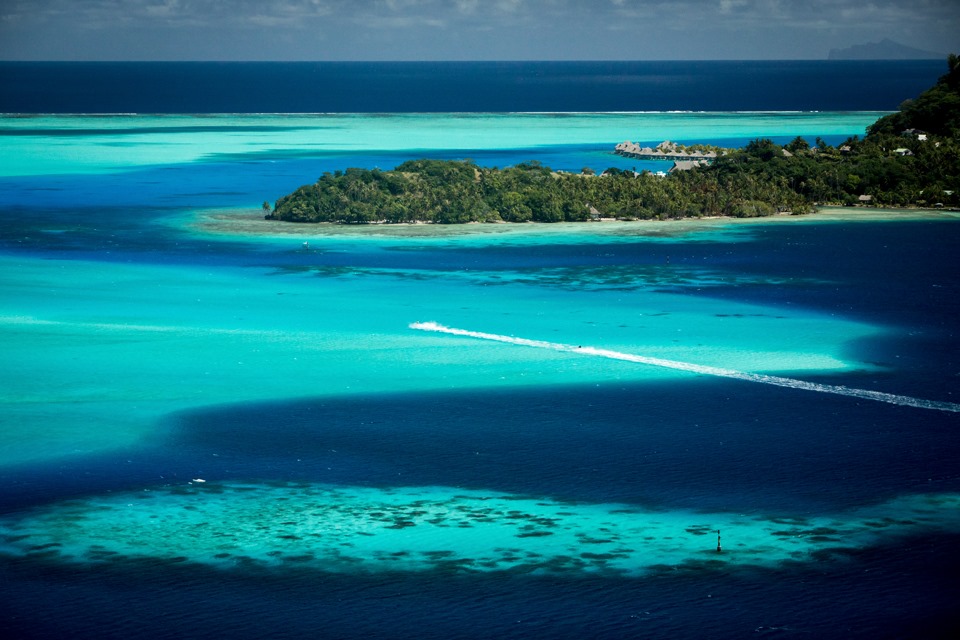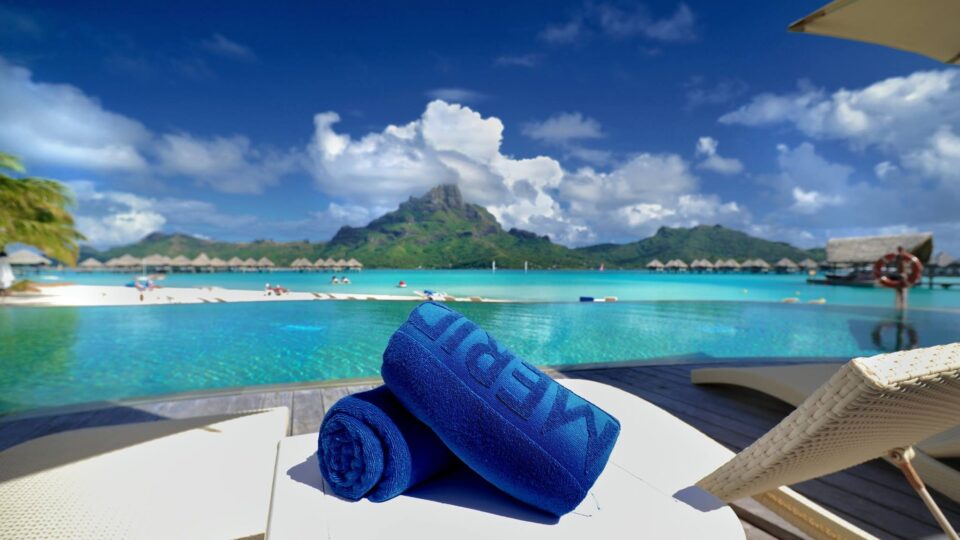Best Time to Visit French Polynesia
French Polynesia is one of the best island destinations in the world. Thousands of miles of Pacific Ocean (a factor that hugely determines weather and climate conditions) surround the islands. As such, travelers planning to go there need to know the best time to visit French Polynesia. Traveling at certain periods will not only reduce budget costs significantly, but you will also be getting the best of your time out there.
To go to French Polynesia, there is no bad time but some times are better than others. At best, the weather is dry and comfortable in July and August, but this is the peak festival and vacation season. July is the busiest of the months because of the Heiva Bui festival. In August, hotels on the outer islands are at their fullest during the traditional French vacation month. Then, several Papeete residents go to the outer islands to take a break from the bustle. So, book your hotel rooms and air tickets for July and August well in advance. Protip- May, June, September, and October have the best blend of weather and the availability of hotel rooms.
The Climate
French Polynesia boasts of a balmy tropical climate. Tropical showers can reach overhead at any given time of the year, and humidity level averages between 77% and 80% in the entire year. May to October austral winter is the most pleasant time of the year. Then, maximum midday temperatures average an impressive 82°F (28°C), with early morning lows hitting 68°F, usually making the use of a duvet compulsory. Mostly in the south end of the islands, some winter days can be chilly when a powerful wind blows from Antarctica.
The austral summer is in November through April. This is also the wet season when rainy periods are expected between the days of scorching sunshine. 86°F is the average maximum daily temperature in these months, while 72°F nighttime lows are recorded.
Furthermore, the northern and central Tuamotus have less rainfall and somewhat warmer temperatures. Closer to the Equator are the Marquesas, where humidity and temperatures appear to be somewhat higher than in Tahiti. Mostly from June to August, rainfall in the Marquesas is also scattered throughout the year but is exactly the opposite of the rest of French Polynesia. While the Marquesas can witness sticky and hot days the rest of the year, the trade winds reach that far north and chafe the climate from April to October.
More temperate year-round are Gambier and Austral islands’ climate that are farther south. Given French Polynesia’s position on the South Pacific cyclone-belt’s eastern edge, there is the possibility of storms occurring between November and March.
Another thing to consider is the side of the island where you will be visiting. The humid winds often blow east, so the eastern edges of the high, craggy islands tend to be wetter throughout the year than the western edges. Do not forget that the lower the temperature, the higher the altitude. Be prepared for cooler weather if you are climbing the mountains than you will have on the coast.

Here Are Some of The Best Periods To Visit French Polynesia
French Polynesia in Full Moon
The islands are often beautiful regardless of the weather. This is especially true in late September and late March when sunrays meet the lagoons at the perfect angle to display the resplendent colors. Moonlight play on the water, and the dark silhouettes cast by the mountains make them the more spellbinding when it is a full moon. Don does not forget this if you are lining up a honeymoon visit.
The Busy Season
The busiest tourist season in French Polynesia is July to August. That is when residents of Tahiti go to their own outer islands, in line with the local July-to-August break in France. Several Europeans also visit during the period. Also, July ushers in the Heiva Nui (the islands’ biggest annual festival) when locals go to Tahiti to participate in or see the dance contests.
A good time to get a hotel reservation in the islands is at Christmas through mid-January. However, airline seats can be difficult to secure since many islanders fly home from abroad.
Holidays
Akin to all the Pacific Islanders, residents of Tahiti love public holidays. These holidays are usually extended past the official day. For example, do not be surprised if banks and some stores are closed throughout the weekend when Ascension Day falls on a Thursday. So give more thought to your shopping plans.
New Year’s Day (government offices are closed on January 2nd); Good Friday and Easter Monday; Ascension Day (40 days after Easter); Missionary Day (March 5th); Witmonday (the seventh Monday after Easter); Labor Day (May 1st); Pentecost Monday (the first Monday in June); Bastille Day (July 14th); Internal Autonomy Day (September 8th); All Saints’ Day (November 1st); Armistice Day (November 11th); and Christmas Day (December 25th) are the major public holidays in French Polynesia.
The Rainy and Hurricane Season
For some, the best time to visit French Polynesia is the rainy season. Like in the tropics, there is a regular rainy season on the islands. The period between November and March sees the most rain. In addition, the risk of hurricanes is high from December to April (an average of 3 to 6 hurricanes).
Whale Season
Another thing you should consider when visiting the islands is the decision to see whales or not. French Polynesia is known to have a period during the year that is suitable for cetacean study. The observation usually lasts for 5 months, and during this period, it will be easy for visitors to see whales on a boat trip and even swim with them if the conditions allow. Globally, the whale season extends from July to November.
Diving Periods in French Polynesia
Coming to the islands to dive is for many people, a great chance, and usually at the center of the trip. It is one of the trivial things to ponder on as regards the best time to visit French Polynesia. Generally, visitors can dive throughout the year without any trouble. The water gets colder in the dry season from July to September, and it gets windier during this time, while the sea might be turbulent.
During the cold period (June-October) in Tuamotu, especially, gatherings of manta rays and grouper breeding are more regular. Also, in Tuamotu, the peak period for hammerhead sharks is between December and March.

Weather Advice for French Polynesia
Whether you are visiting French Polynesia for a family vacation, a customized trip, or a scuba-diving trip, you can find the points below useful. Here is some information about climate in the other archipelagos of French Polynesia:
- Tahiti Island has most of French Polynesia’s massive high lands with a leeward coast (West Coast) and a windward coast (East Coast). Visitors will find many more sandy beaches on the West Coast, which are ideal for sunsets.
- Inland and in the mountains, Moorea is lush and green.
- For the West Coast islands (Tahaa, Huahine, Maupiti, and Bora Bora), it is quite a similar concept where the coast is usually wetter than the other. So, there is less relief as per less precipitation.
- Tuamotu is less rainy than the rest of the islands.
- In the south, the Australes Archipelago has a colder climate, and over the year, rainfall is evenly distributed. Bring along your sweater in this season, as it can be cold between May and September (less than 15°C).
- 1500km north of Tahiti are the Marquesas, and they are more humid but less rainy. The rainy season is somewhat reversed while most of the rainfall fall between May and July. Bear in mind that the northern islands are less humid than the southern ones.
The Best Time to Visit Tahiti
I recommend that you visit in the off-season, especially in May/June and September/October. When you do, you will be avoiding the regular high temperatures with hurricanes and rains. There is also the chance to enjoy the mantra ray gatherings and whale season, much to your delight.
Best Time to Visit French Polynesia – Summary
French Polynesia is a great all-year-round, but certain months see tropical showers at a greater frequency than others. The best time to visit French Polynesia is between June and August when the climate is at its driest, and the weather is mild, sitting comfortably in the high-20s to mid-30s degrees Celsius. When you visit in the humid periods of the year (November to April), ensure that you choose a hotel whose rooms are air-conditioned.
With this guide, it should not be hard for you to choose when to visit French Polynesia in your quest to vacation on an island destination that is as absorbing and magical as this part of the world. The islands have great weather, fantastic landscape, and friendly inhabitants. And if swimming with the whales is ever on your bucket list, French Polynesia gives you a golden chance to strikethrough that item with ease.
